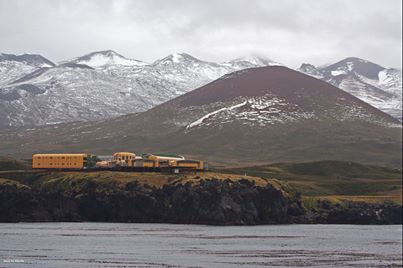John Parkes (Kurahaupo Consulting, Christchurch, New Zealand) and colleagues have published open access in the New Zealand Journal of Ecology on successes achieved in eradicating feral Domestic Cats Felis catus from islands. Of the six largest islands where success has been achieved three support breeding populations of ACAP-listed species: Little Barrier (New Zealand, 2817 ha), Macquarie (Australia, 12 780 ha) and the largest, Marion (South Africa, 29 000 ha).
The paper’s abstract follows:
“Feral cats (Felis catus) are predators and competitors of native species on many islands and are therefore the target of control efforts. Cat eradication has been achieved on 83 islands worldwide. Six of these successes have been from large islands (over 2000 ha) and have reported sufficient data to examine how the eradication was achieved through combinations of aerial and ground-based poison baiting, fumigation in rabbit burrows used by cats, cage and leghold trapping, day and night shooting, and hunting with dogs. No common sequence of tactics was deployed although leghold traps were used in the latter phases of most projects. It took a mean reported effort of 543 ± 341 person-days per 1000 ha of island over 5.2 ± 1.6 years to completely remove cats and validate success from the six islands. These precedents may assist in planning future proposals to eradicate cats from other large islands.”

Marion Island with its scientific base - cat free since 1991
Reference:
Parkes, J., Fisher, P., Robinson, S. & Aguirre-Muñoz, A. 2014. Eradication of feral cats from large islands: an assessment of the effort required for success. New Zealand Journal of Ecology 38: 307-314.
John Cooper, ACAP Information Officer, 17 November 2014

 English
English  Français
Français  Español
Español